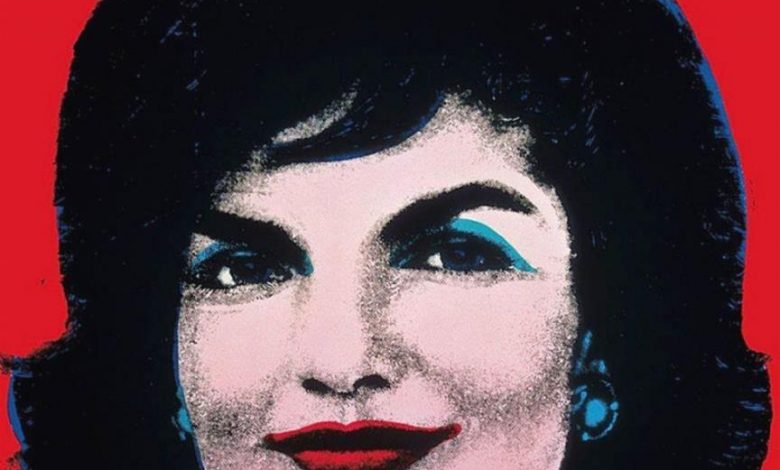The Influence of Pop Art on Contemporary Graphic Design

The Influence of Pop Art on Contemporary Graphic Design
Introduction
Pop art emerged in the 1950s as a reaction against traditional art forms. It was characterized by vibrant colors, bold patterns, and the incorporation of popular culture elements. Over the years, pop art has had a significant influence on contemporary graphic design, shaping the visuals we see every day.
The Impact of Pop Art on Graphic Design
1. Breaking Traditional Norms
Pop art challenged the traditional norms of art by incorporating elements from popular culture. This influence can be seen in contemporary graphic design, where designers break away from conventional design principles and experiment with bold colors, unconventional layouts, and unique typography.
2. Use of Retro Elements
Pop art also popularized the use of retro elements in graphic design. From retro color palettes to vintage typography, contemporary designers often draw inspiration from the past to create visually striking and nostalgic designs.
3. Incorporating Popular Culture
One of the defining features of pop art is its incorporation of popular culture elements. This influence can be seen in contemporary graphic design through the use of icons, symbols, and imagery from movies, music, and other aspects of modern life.
Frequently Asked Questions (FAQs)
Q: How did pop art influence the use of color in graphic design?
Pop art embraced bright, bold colors to make a visual impact. This influence can be seen today in graphic design, with designers utilizing vibrant color palettes to create eye-catching designs that grab attention.
Q: What are some popular trends in contemporary graphic design that originated from pop art?
Some popular trends influenced by pop art include collage-style designs, use of retro and vintage elements, bold and oversized typography, and the incorporation of iconic pop culture symbols and imagery.
Q: How has pop art influenced the digital landscape of graphic design?
Pop art’s influence is evident in digital graphic design through the use of pixel art, glitch effects, and digital manipulation techniques that mimic the visually striking and distorted imagery often seen in pop art.
Conclusion
Pop art continues to be a significant influence on contemporary graphic design, breaking traditional norms and incorporating elements from popular culture. By understanding the impact of pop art on graphic design, designers can create visually captivating and engaging designs that resonate with today’s audience.



